GLP-1s, also usually known as semaglutide drugs or by the brand names Ozempic, Wegovy, and Mounjaro (also known as Zepbound), have become a seemingly overnight weight-loss sensation.
Originally designed for type 2 diabetes, these drugs also suppress the appetite. This, combined with their blood sugar benefits make weight loss more attainable for millions of people.
However, like all medications, GLP-1s come with risks and benefits.
One risk that is just beginning to be understood, is how this medication may impact nutrient levels during weight loss.
Weight loss and dieting in general can affect nutrients, especially if you’re not eating enough variety, but add in a fairly new medication, and it’s wise to monitor your nutrient levels while on GLP-1s.
So, what nutrients are impacted by GLP-1s?
This article explains what we know and how to use diet and nutrition to ensure you get enough nutrients on your GLP-1 weight-loss journey.
Special Nutrient Considerations While On GLP-1: What’s Known, and What’s Not
Although GLP-1s have been used for diabetes for many years, their use for weight loss is a relatively new application.
In fact, only Wegovy and Zepbound are FDA-approved for weight loss. Other GLP-1s are used off-label for this purpose.
Therefore, the data on how GLP-1s impact nutrient levels is in its infancy.
However, we do know a few things based on emerging studies and general knowledge about weight loss and low-fat dieting (which is generally recommended while taking GLP-1s).
Firstly, GLP-1 affects appetite levels, insulin secretion, and stomach emptying speed, all of which can impact nutrient status in the short—and long-term.
If you’re not eating a nutrient-dense diet while on GLP-1s (or any diet), you'll be more likely to become deficient in various nutrients.
With the reduction in appetite, many people have to be more mindful of eating healthy, balanced meals or enough food in general to meet their nutritional requirements.
Secondly, gastrointestinal side effects like diarrhea and nausea are not uncommon when taking GLP-1s, especially when starting or increasing the dose.
These can cause people to eat too little or avoid healthful foods, such as those containing fiber and protein, to try to control symptoms.
We also know that muscle loss is associated with GLP-1-assisted weight loss.
This is not ideal, as we want to preserve muscle or lean mass while we lose weight to avoid complications like sarcopenia and bone loss.
Fortunately, paying close attention to your nutrition can help potentially prevent these types of nutrient issues while on GLP-1.
Which nutrients should you focus on? We’ll cover that next.
Nutrients To Watch & Optimize While On GLP-1s
Protein
Protein is essential when losing weight, primarily when on GLP-1s, which have been associated with muscle loss.
Protein helps prevent muscle loss and sarcopenia, while having a balancing effect on blood sugar and promoting satiety.
The official Recommended Dietary Allowance (RDA) for protein is 0.36 grams per pound of body weight, but your doctor may recommend more while you’re taking GLP-1s.
Good sources of protein include:
- Meats
- Poultry
- Fish
- Seafood
- Eggs
- Dairy
- Beans
- Plant protein powders (try our sister brand, Biochem!)
- Whey protein powder (Biochem also offers this)
- Legumes
- Nuts
- Seeds
- Hemp
- Soy
- Seitan (wheat gluten)
It is generally recommended that vegetarians and vegans combine beans or legumes with a grain, like brown rice or quinoa, to create a complete protein*.
*A complete protein contains all eight essential amino acids. Animal-based foods are naturally complete proteins.
Fiber
Fiber is essential for normal elimination, heart health, gut health, satiety, digestion, and so much more.
However, only 5-7% of Americans get enough!
Eating a healthy, whole-foods, nutrient-dense, plant-forward diet is your best natural source of fiber.
However, many people on GLP-1s experiencing digestive complaints may avoid fiber-rich foods to help control symptoms.
If this sounds like you, talk to your doctor about ways to increase your fiber intake and tips for controlling your symptoms.
How much fiber do you need?
The average adult needs between 21 and 38 grams of fiber daily based on age and gender.
To learn more, see: 15 Delicious Sources Of Fiber for Gut Health, Satiety, Heart Health, & More.
Fat-Soluble Vitamins
A low-fat diet is generally recommended while taking GLP-1s.
Although a low-fat diet has many merits, eating too little fat can impact the intake, absorption, and synthesis of fat-soluble nutrients, including:
-
Vitamin A: Essential for immune function, skin health, cellular health, and vision
- RDA: 900 mcg for men, 700 mcg for women
- Found in: Liver, sweet potato, spinach, carrots, mangoes, peppers
-
Vitamin D: Critical for hormonal function, immunity, cardiovascular function, bone density, cancer prevention, healthy aging, blood sugar balance, and more
- RDA: 600 IU for all genders, though your doctor may recommend more based on blood work
- Found in: Fatty fish, beef liver, egg yolks, fortified dairy products. The best source is natural, unfiltered sunlight for about 15 minutes a day.
-
Vitamin E: An antioxidant critical for cellular health, heart health, skin health, and more
- RDA: 15 mg for all genders
- Found in: Wheat germ, sunflower seeds, almonds, hemp seeds, hazelnuts, safflower oil
-
Vitamin K: Essential for blood clotting and calcium transportation
- RDA: 90 mcg for women, 120 mcg for men
- Found in: Natto, leafy green vegetables, broccoli, soybeans
Eating a diverse diet with some healthy fats and getting regular sunshine is the best way to ensure you get enough fat-soluble vitamins.
Most doctors also recommend taking a vitamin D supplement alone or combined with vitamin K2 to ensure optimal levels.
Related reading: Is It Vitamin D Deficiency? Learn The Signs And Symptoms Here
Iron
Iron deficiency is common worldwide, especially in menstruating women and people. The World Health Organization estimates it affects up to 30% of non-pregnant women, 37% of pregnant women, and up to 40% of children.
Although there is not enough evidence to suggest GLP-1s cause anemia, drastically reducing calories or not eating enough iron-rich foods while on GLP-1s can create iron deficiency or insufficiency.
The RDI for iron is 18 mg for women ages 18-50 and 8 mg for men ages 18-50. These needs increase to 27 mg during pregnancy.
Sources of iron include:
- Red meats
- Liver
- Dark meat poultry
- Pork
- Eggs
- Dark leafy greens
- Blackstrap molasses
- Beans and legumes
- Spirulina
- Tofu
- Iron supplements, with a doctor’s guidance
Learn more in: 20 Food & Supplements Sources Of Iron For Omnivores, Vegans, And Everyone In Between
Omega-3s
Omega-3s are a type of essential fatty acid (EFA) that helps support cardiovascular health, hormonal function, genetic expression, nervous system function, and inflammatory response.
Unfortunately, most Americans consume too few omega-3 fatty acids and too many omega-6 and omega-9s (other types of fatty acids found in things like vegetable oils).
A ratio of 1:1 to 4:1 (Omega-6 to Omega-3) is considered a healthy ratio, yet according to the National Institutes of Health, the average in a western diet is 15:1.
Following a low-fat diet can make it even harder to get your omega-3s, so it pays to pay attention to EFAs while on any weight-loss program.
Sources of omega-3 fatty acids include:
- Fatty fish
- Fish oil supplements
- Chia seeds
- Flaxseeds
- Hemp Seeds
- Wild game
- Pastured meats, dairy, and poultry
In The Best Omega-3 Fatty Acid Supplement & Food Sources blog post, we share more about the science behind omega-3 fatty acids and their food sources.
Vitamin B12
B12 deficiencies and insufficiencies have become more common across genders and age groups.
There are many reasons for this, including dietary habits, medications, digestive health issues, chronic conditions, and genetic mutations, which can impact the absorption and utilization of B12.
Although this has yet to be confirmed, many experts believe GLP-1’s effects on slowing digestion may lead to low vitamin B12 levels or exacerbate a pre-existing deficiency or insufficiency.
The RDA for B12 is 2.4 micrograms for adults.
Sources of vitamin B12 include:
- Meats
- Organ meats
- Fish
- Seafood
- Eggs
- Dairy products
Since vitamin B12 is only found in animal foods, vegans and vegetarians are often advised to take a supplement.
Learn more in: Are You Deficient in Vitamin B12? 23 Benefits of B12 for Memory, Mood, Beauty, Energy, & More.
Supplements To Consider While On GLP-1
As stated previously, a diverse, healthy, whole-foods diet is the best way to get nutrients while on GLP-1 or at any time.
However, many doctors and healthcare professionals recommend taking supplements while on GLP-1s to prevent deficiencies or insufficiencies.
The following are some supplements to consider while taking GLP-1s.
Talk to your doctor or healthcare provider for individual recommendations.
A Multivitamin with iron
This will help ensure you do not miss out on essential vitamins while taking GLP-1s. Some multivitamins also contain minerals and other helpful nutrients for added support.
Generally, a multivitamin with iron is beneficial compared to an iron-free one, but ask your doctor for individual recommendations.
Country Life offers a wide range of multivitamins with iron, including:
Related reading:
Creatine Monohydrate
Creatine is often recommended for people on GLP-1s because it has been shown to help preserve and build lean mass and can help with exercise recovery.
Creatine is a compound made from three amino acids: arginine, glycine, and methionine.
It is not essential, meaning it is made naturally within the body or found in certain foods, but supplementation can be helpful during weight loss or if you wish to build or preserve muscle.
Our sister company, Biochem, offers Creatine Monohydrate as part of their Sports Nutrition line.
Learn more about creatine in: The Benefits Of Creatine For Women.
Fish Oil
Fish oil supplements are an excellent and affordable source of omega-3 fatty acids.
Country life offers a full line of clean fish oil supplements from cold water fatty fish that are purity-tested for heavy metals and other common contaminants, and standardized to specific amounts of EPA and DHA, including:
Probiotics For Digestive Support
Probiotics can offer numerous benefits when taking GLP-1s, including easing digestive complaints, promoting healthy gut flora, supporting immunity, and even helping with occasional diarrhea or upset stomach.
Shop Country Life’s dairy-free probiotics and other digestive support products here.
Vitamin B-12 or B-Complex
As noted previously, B12 deficiency and insufficiency have become common in people from all walks of life—vegan, vegetarian, and meat-eaters.
Genetic variations, diet, and age also play a role, as can taking certain medications, such as birth control pills.
When dietary changes aren’t enough, a high-quality B12 supplement can make all the difference in increasing energy, brain power, and more.
If you have a genetic variation, choosing a coenzymated or methylated form of vitamin B12, such as methylcobalamin, is essential.
If you do not have a genetic variation, cyanocobalamin is a good choice.
Talk to your healthcare practitioner about the best form of vitamin B12 for you and whether it's best taken alone or as part of a B-complex.
Shop Country’s Life B12 and B-Complex supplements.
Vitamin D
Most doctors order vitamin D tests as part of routine check-ups.
If your levels are low, they will likely recommend a supplement, and possibly some more time in the sun.
Vitamin D supplements are inexpensive and effective for raising serum levels and providing vitamin D benefits for bones, immune function, hormonal health, and more.
Vitamin D3 is believed to be best absorbed, and therefore most often recommended.
Some practitioners also recommend taking D3 with vitamin K2 to ensure optimal calcium transport to the bones.
Talk to your doctor for individual recommendations on form and dosing.
Shop Country Life's Vitamin D3 collection here.
Looking For More Health & Nutrition Tips To Optimize Your Health?
Committing to losing weight, whether taking GLP-1s or otherwise, is an incredible and commendable act of self-respect and self-love.
It’s also an excellent opportunity to lean into other ways to create a healthier body, mind, and lifestyle.
For more helpful tips and advice, check out the following articles (and best wishes on your weight-loss journey):
- What Are The Skin And Overall Health Benefits Of Drinking Water?
- 25+ Natural Energy Boosters: Caffeine & Coffee Alternatives
- What Is a Coenzymated Vitamin? Exploring Coenzymated B12 Benefits
- 15 Super Healthy Green Foods + Healthy Meal & Snack Ideas
- 10+ Benefits Of Zinc For Immunity, Skin, Hormonal Health, & More
Sources mentioned in this article:
- “Mapping the effectiveness and risks of GLP-1 receptor agonists”. Nature Medicine.
- “Gastrointestinal adverse events associated with semaglutide: A pharmacovigilance study based on FDA adverse event reporting system”. Frontiers in Public Health.
- “Dietary intake by patients taking GLP-1 and dual GIP/GLP-1 receptor agonists: A narrative review and discussion of research needs”. Obesity Pillars
- “Anaemia in women and children”. World Health Organization.
- “How to preserve muscle on weight-loss drugs like Wegovy”. Medical News Today.
- “Muscle Mass and Glucagon-Like Peptide-1 Receptor Agonists: Adaptive or Maladaptive Response to Weight Loss?” Circulation.
- “Preserving Healthy Muscle during Weight Loss”. Adv Nutr.
- “Nutrient Recommendations and Databases”. NIH Office Of Dietary Supplements.
- “Just 7% of adults meet fiber recommendations, raising risk of chronic diseases”. American Society for Nutrition.
- “Food Sources of Dietary Fiber” USDA Dietary Guidelines For Americans.
- “Iron”. National Institutes of Health Office of Dietary Supplements.
- “Fat-Soluble Vitamins A, D, E, and K: Review of the Literature and Points of Interest for the Clinician”. J Clin Med.
- “Vitamin A and Carotenoids”. National Institutes of Health Office of Dietary Supplements.
- “Vitamin D Fact Sheet for Health Professionals”. National Institutes of Health Office of Dietary Supplements.
- “Vitamin E Fact Sheet for Health Professionals”. National Institutes of Health Office of Dietary Supplements.
- “Vitamin K Fact Sheet for Health Professionals”. National Institutes of Health Office of Dietary Supplements.
- “Omega-3 Fatty Acids”. The National Institute of Health Office of Dietary Supplements.
- “Health implications of high dietary omega-6 polyunsaturated Fatty acids”. J Nutr Metab.
- “Essential Fatty Acid Deficiency”. NUTRITION ISSUES IN GASTROENTEROLOGY, SERIES #164.
- “Creatine Supplementation Beyond Athletics: Benefits of Different Types of Creatine for Women, Vegans, and Clinical Populations—A Narrative Review”. Nutrients.
- “Creatine supplementation nullifies the adverse effect of endurance exercise on the subsequent strength performance”. Rodrigo Vitasovic Gomes1 and Marcelo Saldanha Aoki1,2.
- “Effectiveness of Creatine Supplementation on Aging Muscle and Bone: Focus on Falls Prevention and Inflammation”. Journal of Clinical Medicine.
- “Meta-analysis of the efficacy of probiotics to treat diarrhea”. Medicine.
- “Probiotics Regulate Gut Microbiota: An Effective Method to Improve Immunity”. Molecules.
- “Probiotics for Gastrointestinal Conditions: A Summary of the Evidence”. Am Fam Physician.

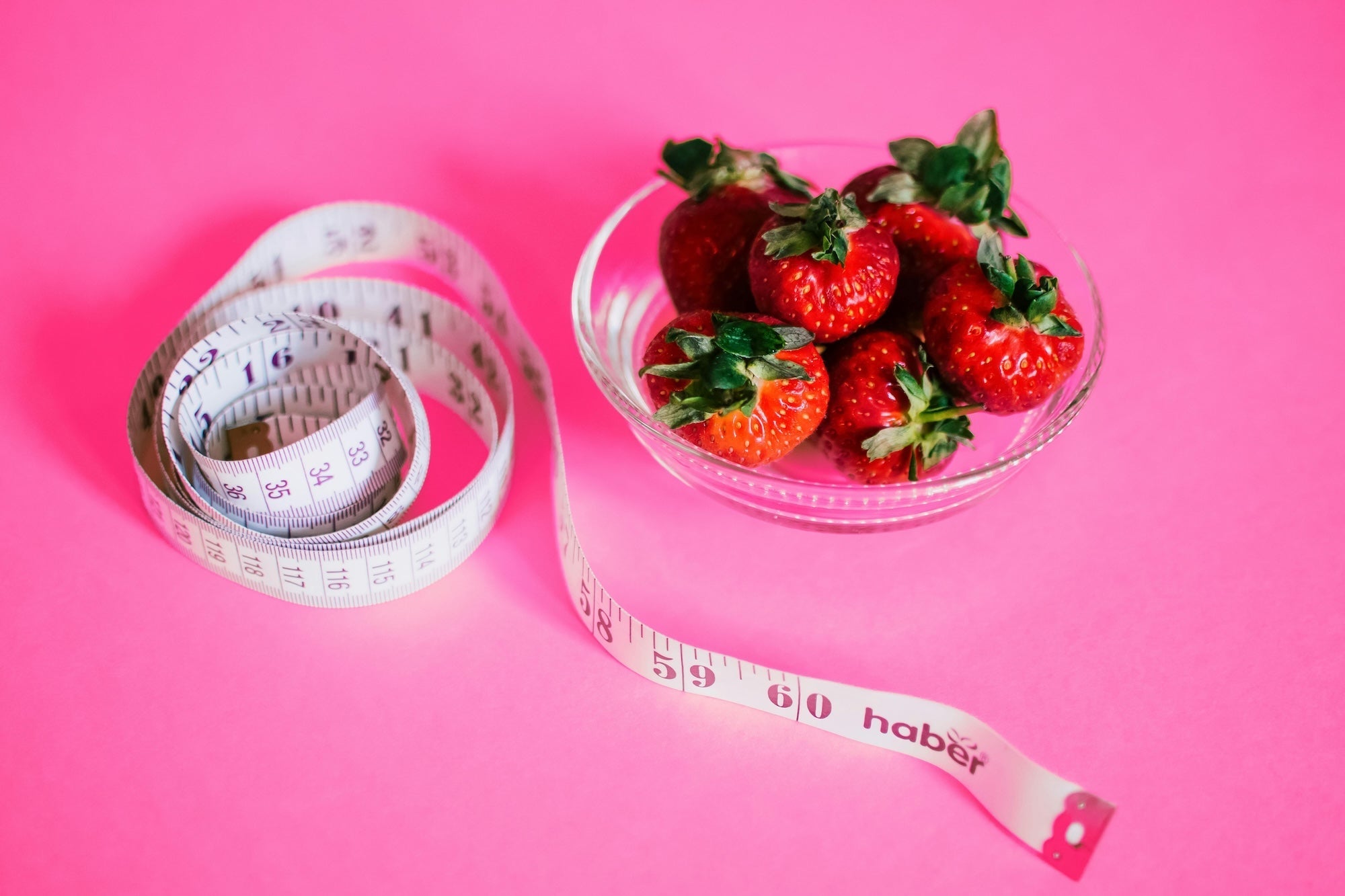
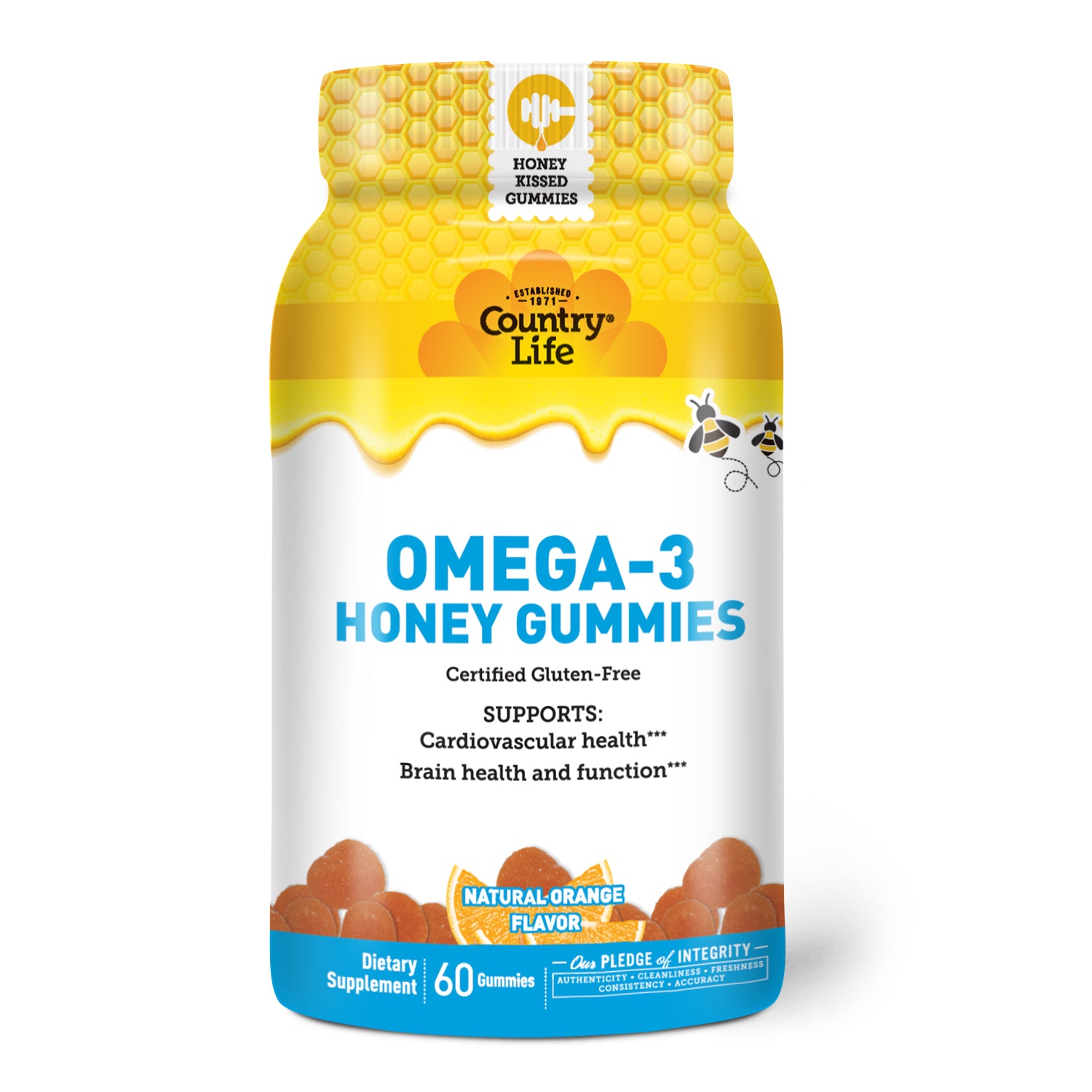
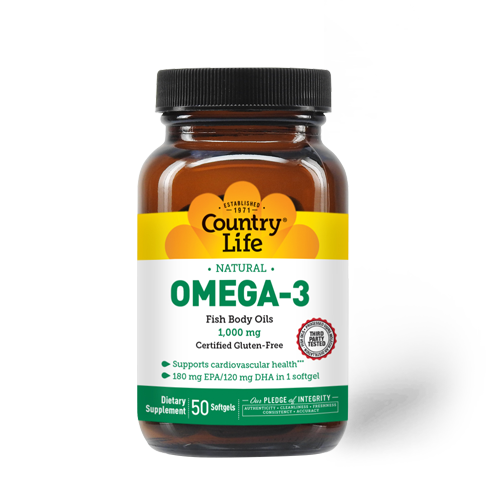
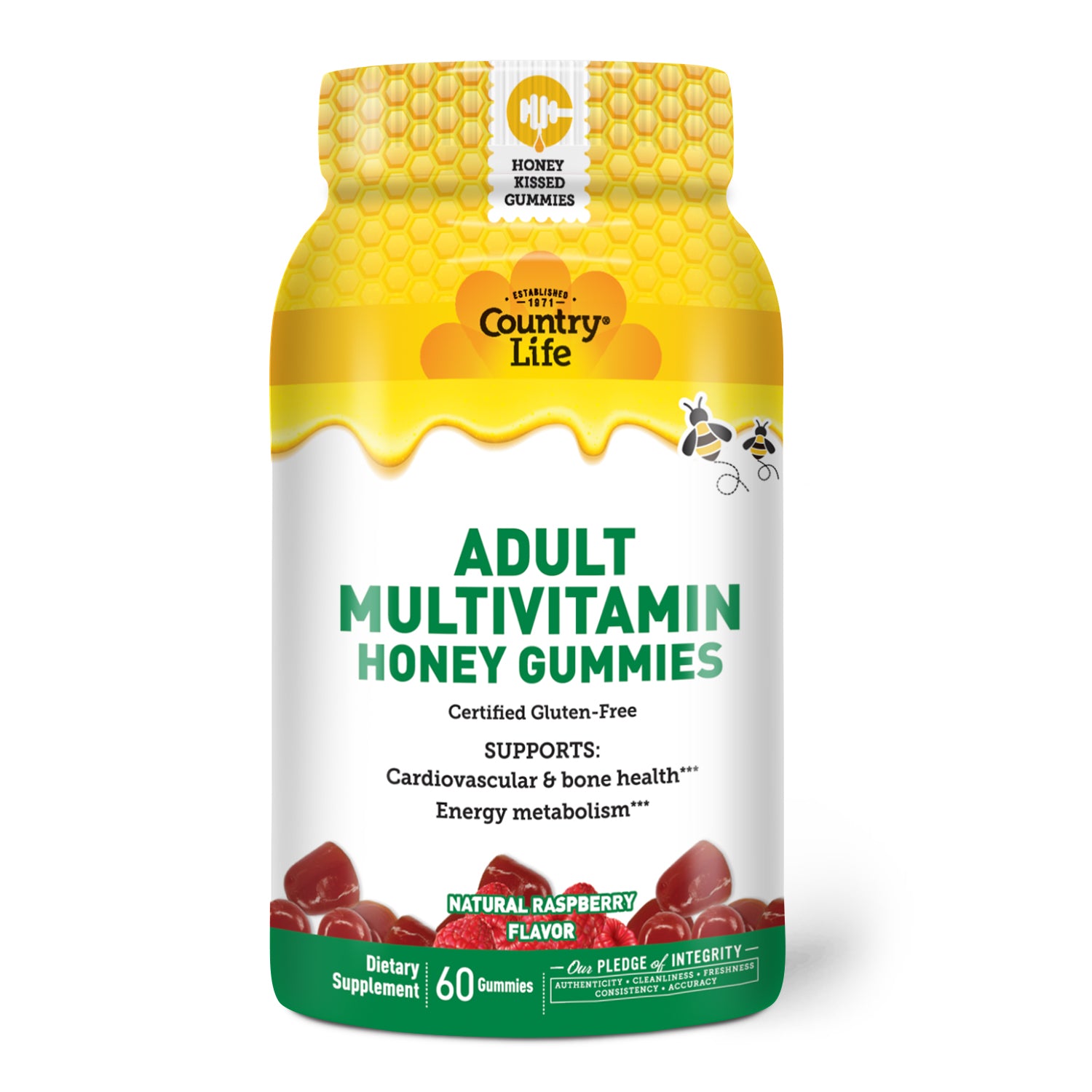

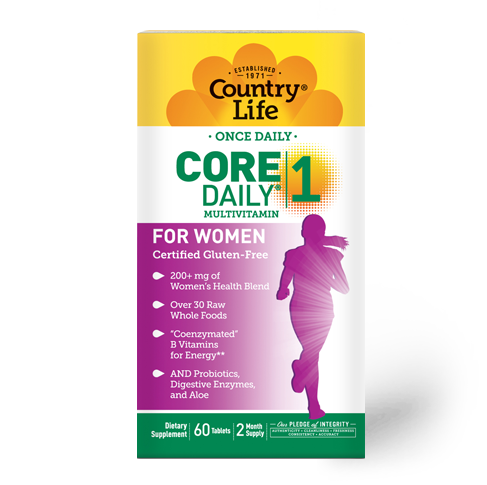
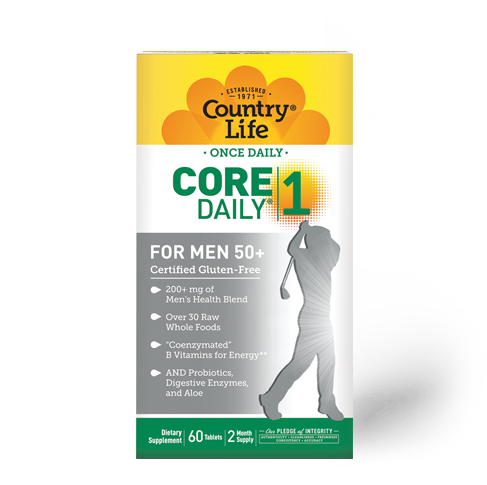
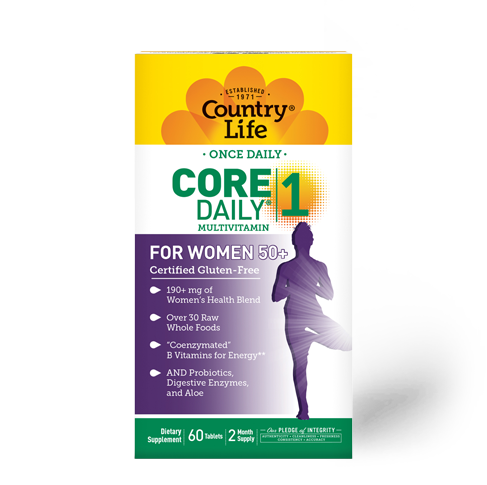
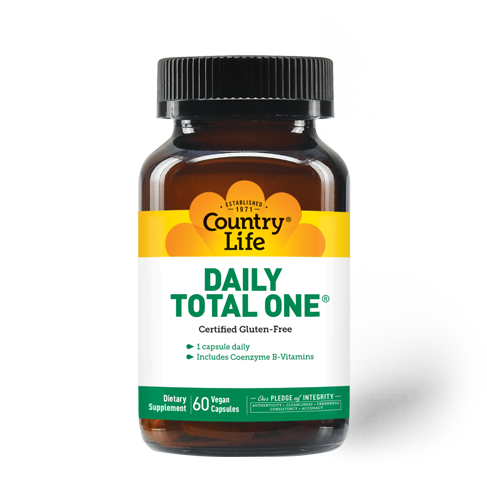
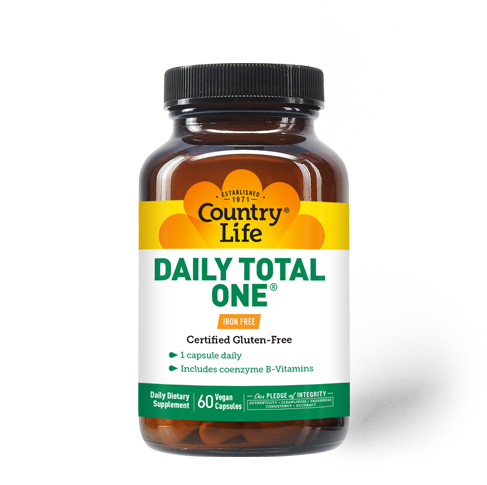

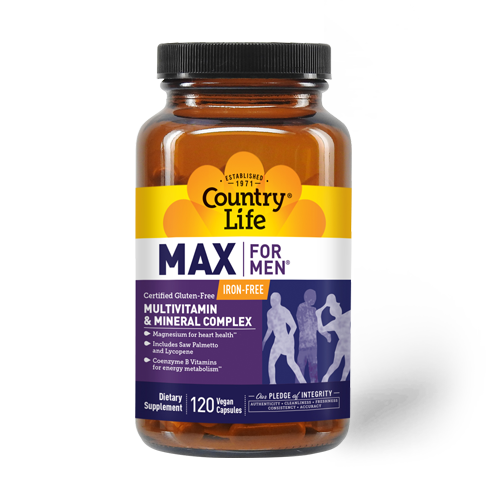
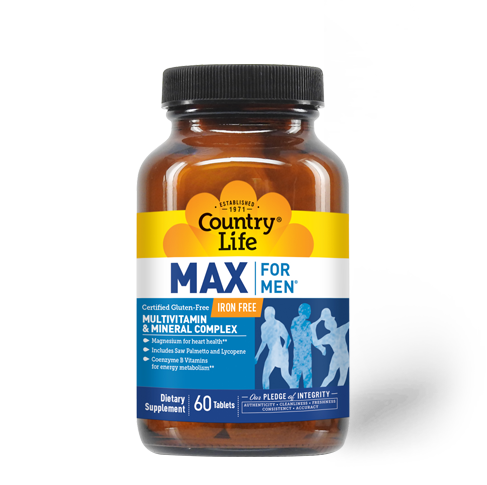
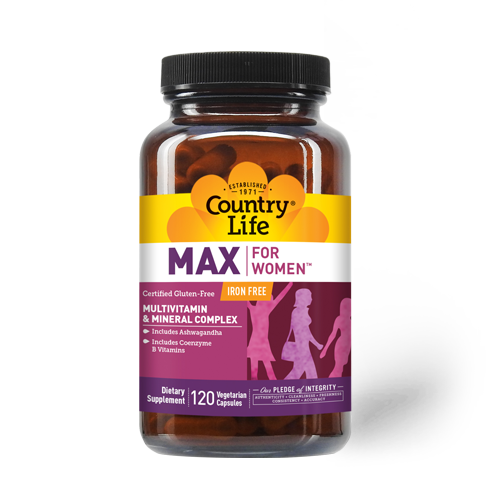
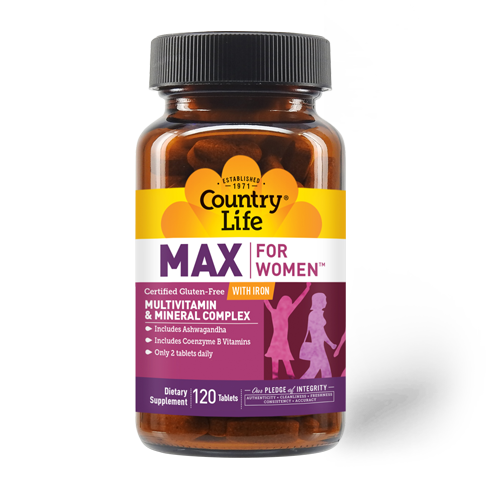
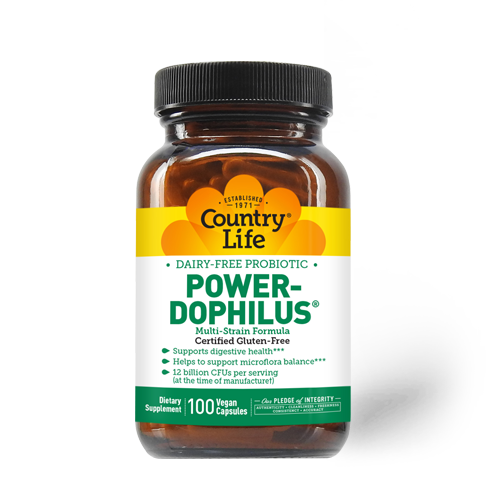
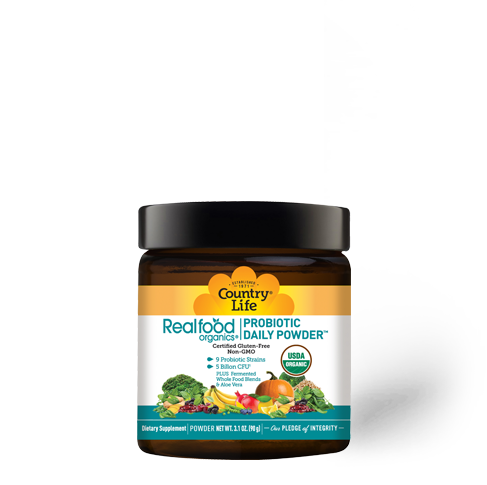










Share:
What Is The Best Time Of Day To Take Vitamins?
Do Vitamin D and Omega-3 Have Anti-Aging Benefits?